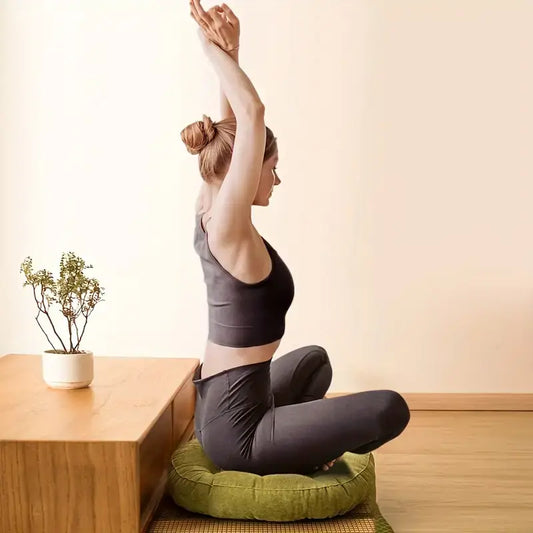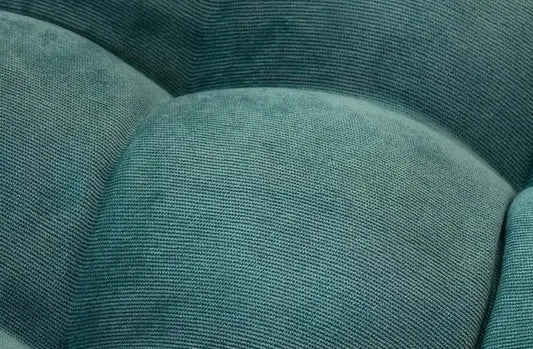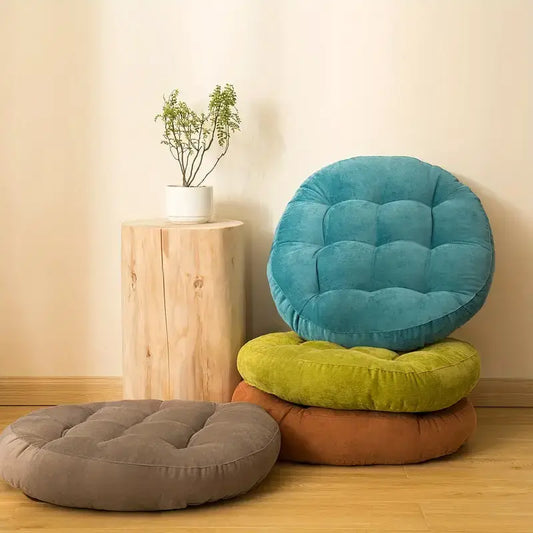Sit with Serenity: Explore Our Zabuton Collection ☕️🌸
Welcome to the world of grounded comfort and mindful design—our curated collection of zabuton cushions. Rooted in Japanese tradition and reimagined for modern spaces, a zabuton is more than a seat cushion; it's a symbol of stillness, intentionality, and peaceful presence 🌟.
Whether you're meditating, sipping tea, journaling, or simply seeking a softer connection to your space, our zabuton options offer both elegance and ergonomic support 🛌. From minimalist neutrals to artisanal prints, each one invites you to sit, stay, and savor the moment.
What is a Zabuton? 🌸🌏
A zabuton is a traditional Japanese floor cushion used for sitting or kneeling. Typically rectangular or square and filled with cotton or batting, it provides comfort and insulation between the body and the floor ✅. Often paired with a zafu (round meditation cushion), zabuton cushions form the foundation of many Zen meditation and tea ceremony settings ✨.
Zabutons are used in:
-
Meditation practice for posture support and floor comfort
-
Tea ceremonies or casual dining in traditional settings
-
Creative rituals like writing, drawing, or quiet reading
-
Modern living rooms as alternative or additional seating
Why You’ll Love Our Zabutons 💜🌾
Cushioned Comfort: Designed to relieve pressure on ankles, knees, and hips during long sitting periods 🛌.
Mindful Materials: Many are made with organic cotton, natural dyes, and hand-stitched details for an eco-conscious lifestyle ♻️.
Aesthetic Harmony: Elegant and minimal, they blend beautifully with Japanese, bohemian, or Scandinavian decor styles 🎨.
Versatile Utility: Great for meditation, floor dining, yoga support, or even as pet cushions 🤍.
Portable & Stackable: Easy to store or move around as needed, perfect for multipurpose spaces 🏡.
Zabuton Styles & Features 🧠🌿
| Style/Type | Fill Material | Best For |
|---|---|---|
| Traditional Zabuton | Cotton or wool | Meditation, Zen decor |
| Modern Minimalist | Foam or poly-fill | Casual use, yoga, aesthetic seating |
| Foldable/Zippered | Foldable or removable | Travel, storage, cleaning ease |
| Patterned or Dyed | Organic dyed cotton | Visual interest, artisanal design |
| Large Square Mats | Extra thick | Full-body cushioning, longer sessions |
Choose your style to match your space, posture needs, and visual preferences 🌈.
How to Use and Care for Your Zabuton 🛌🚿
-
Placement: Use on wooden, tatami, or rug-covered floors. Pair with a zafu or sit directly on it.
-
Rotation: Regularly flip and fluff your cushion to maintain shape and even wear.
-
Cleaning: Many have removable covers—machine wash or hand clean depending on material.
-
Storage: Stack in a dry place or hang covers when not in use.
-
Use mindfully: Whether meditating or journaling, use your zabuton as an invitation to slow down and breathe ☕️.
Pair Your Zabuton With ☕️🛋️
Enhance your space with:
-
Zafu Cushions: For added elevation and upright posture 🤍
-
Low Tea Tables or Trays: Create a tea or reading nook 🍵
-
Aromatherapy or Candles: Cultivate calm and grounding ambiance 🕯️
-
Floor Lamps or Soft Lighting: Design a serene, invitation-to-rest corner 🌞
Grounded, Gracious, and Beautifully You 🌸✨
The zabuton is more than just a cushion. It's a gentle place to land. To reflect. To create. To simply be. Whether you're deep in meditation or resting with a good book, our collection offers the foundation for stillness and softness in everyday life 🛌.
Explore now and find the zabuton that speaks to your rhythm, your rituals, and your rest 🌿✨.













